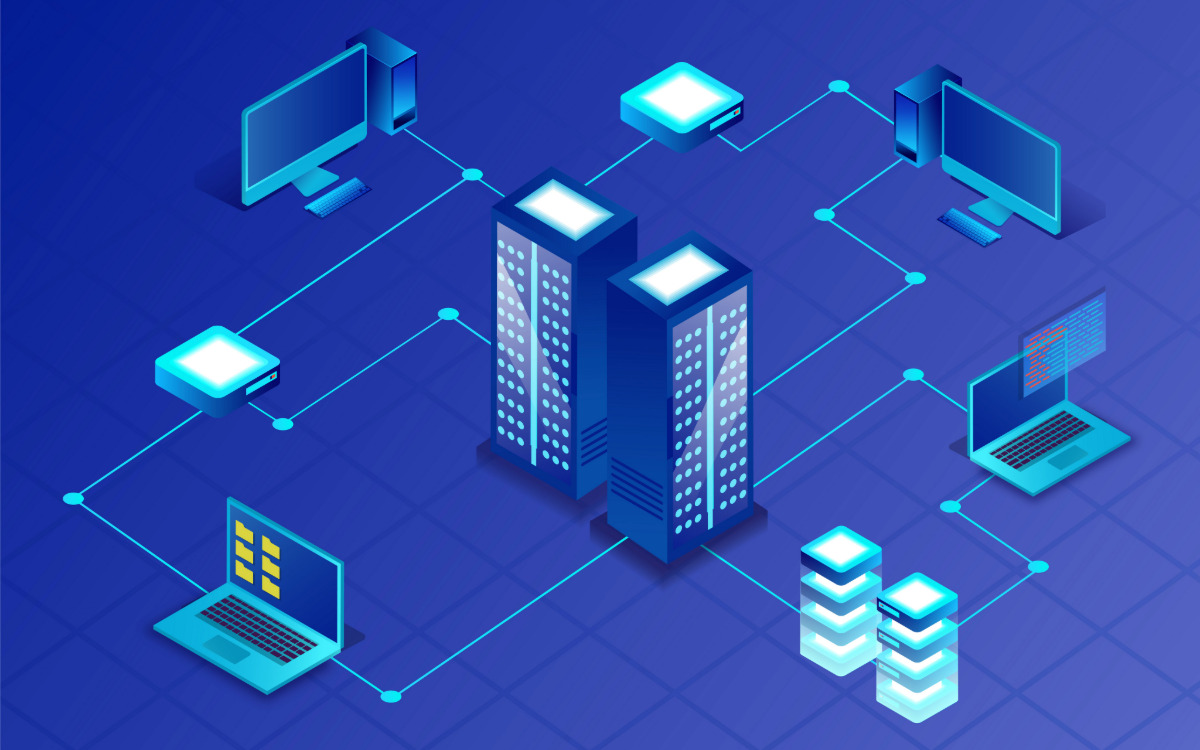Understanding the health of your IT infrastructure is critical for any business environment. Key factors aren’t always obvious and can signal that your own IT systems are holding your business back. These signs range from strategic gaps, like a lack of an incident response plan, to red flags, like frequent downtime and outdated hardware.
Addressing these issues is not just about solving immediate problems. It’s about fortifying your IT systems to support your business and stay competitive. That’s why IT infrastructure spending is projected to reach $5 trillion globally in 2024. Identifying and addressing these signs early can improve operations, enhance security, and build a stronger foundation for future growth.
Table of Contents
1. No IT Strategy or Roadmap
Whether going through a growth phase or maintaining IT as it is, there should always be a clear IT strategy or roadmap. That helps dictate how to prioritize the time and resources of the IT team in ways that best benefit the business. In contrast, not having a strategy means IT staff are often working blind and may not provide the expected services or improvements. That can be frustrating for organizations and tech workers alike.
2. Lack of Communication
Whether talking about IT infrastructure or other parts of a business, communication helps ensure everyone is on the same page. Open discussions also allow organizations to be more dynamic and adjust their strategy based on new information. Not having those talks means the IT team may be less aligned with changing needs, which can lead to an outdated and less effective IT management strategy.
3. Frequent Downtime
Many businesses have moving parts, making downtime a rare but occasional occurrence. Hardware and software issues, third-party service outages, or cyberattacks are a few things that can cause them. If downtime is happening frequently, that means there’s likely a cause that’s not being addressed by the IT team. Remember: being proactive and preventing issues can be just as important as the response when it comes to having good IT infrastructure.
4. No Incident Response Plan
Every business and IT team should have a well-designed incident response plan. Often involving six steps, they help give a clear order of action in response to any IT issue. These plans are scalable, meaning they guide what to do depending on the scope and urgency of the problem. Not having one leads to slower disaster response times, making it even more costly than it otherwise would have been.
5. Poor IT Support
Every IT issue is different. Solving them may be as simple as restarting a computer or as complex as troubleshooting deep-seated security vulnerabilities. As a result, poor IT support isn’t always easy to determine. Signs of it can include slow response times, inability to solve issues, lingering support tickets, and rude help desk agents. Those factors can eventually result in employee complaints, low user satisfaction, and loss of productivity, especially if reports get ignored long-term.
6. Ongoing Employee Challenges
Technology isn’t always easy to use or understand. That’s especially so when setting up new solutions or onboarding a new employee. A learning curve is to be expected, but people should get the hang of it eventually. However, ongoing employee challenges aren’t always normal and may signal deeper issues. Causes can include poor documentation, incorrectly configured software or hardware, or an inexperienced IT support team struggling to guide employees.
7. Limited Scalability
The business world can be fast-changing, making it essential to be flexible and prepared to handle anything. Lacking scalability can lead to a lot of problems. For example, let’s say a marketing post goes viral, and your website gets a massive boost in traffic. If it crashes under the sudden load, not only will you lose a lot of customer opportunities, but it can also make a poor first impression. Scalability benefits staff, too, as workloads and customer needs change throughout the day.
8. Slow Network Performance
Productivity is often tied to how well a person’s technology performs for them. However, no matter how fast the computer is, a slow network can bring everything down to a crawl. Traffic needs are rarely static, as some tasks may require higher usage. Large-scale networks are designed to be scalable, meaning they can handle increases and decreases in activity. If network performance is a frequent and ongoing issue, that’s a clear sign of poor IT infrastructure.
9. Outdated Hardware
No matter how well-designed a network is, hardware is limited by its own capabilities. Many people run under the false assumption that it’s good to squeeze as much mileage as possible out of an old computer or phone. However, even if it technically works and turns on, lost productivity from using a slow device will often cost a business far more than the price of an upgrade. It’s the IT teams’ job to help communicate that. While usage and needs are a factor, it’s common for hardware to be retired and replaced every 4-5 years.
10. No Modern Solutions
There are a lot of modern solutions in today’s business setting. That can include cloud utilization, automation, data analytics, the Internet of Things (IoT), and more. While business models and needs vary, most can benefit from integrating newer solutions to increase efficiency and productivity. IT infrastructure that relies entirely on older strategies and tools will fall behind the competitors who embrace them.




